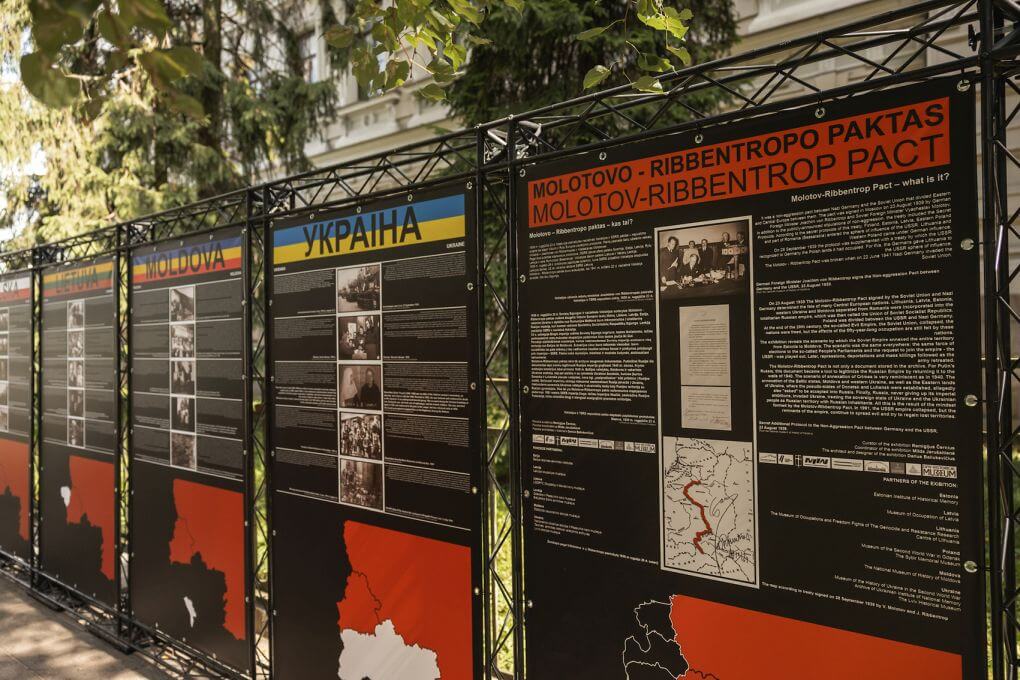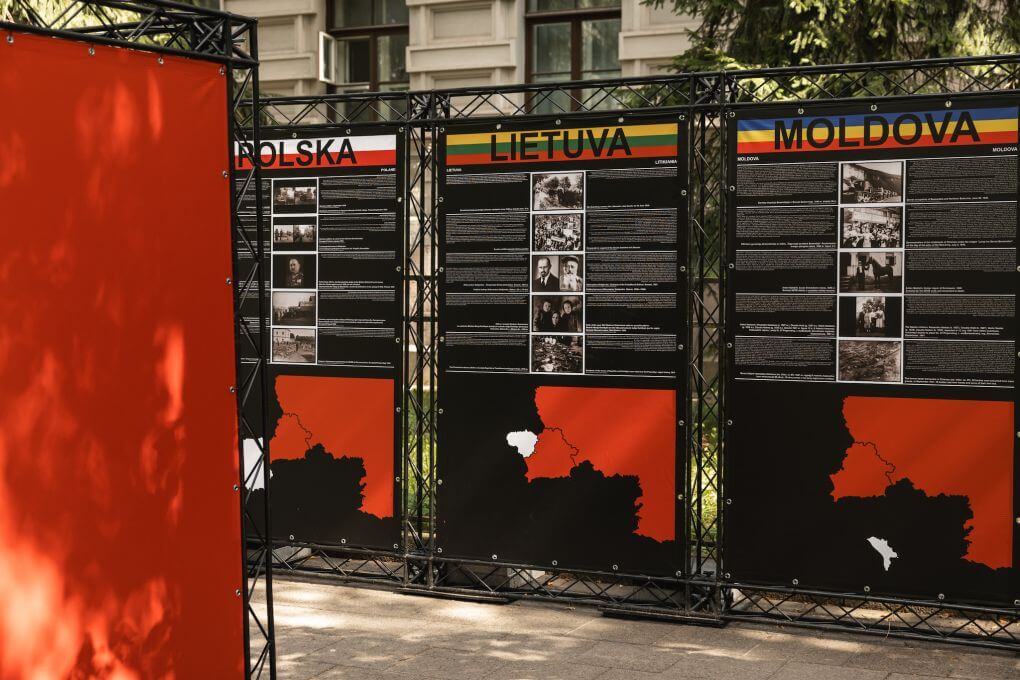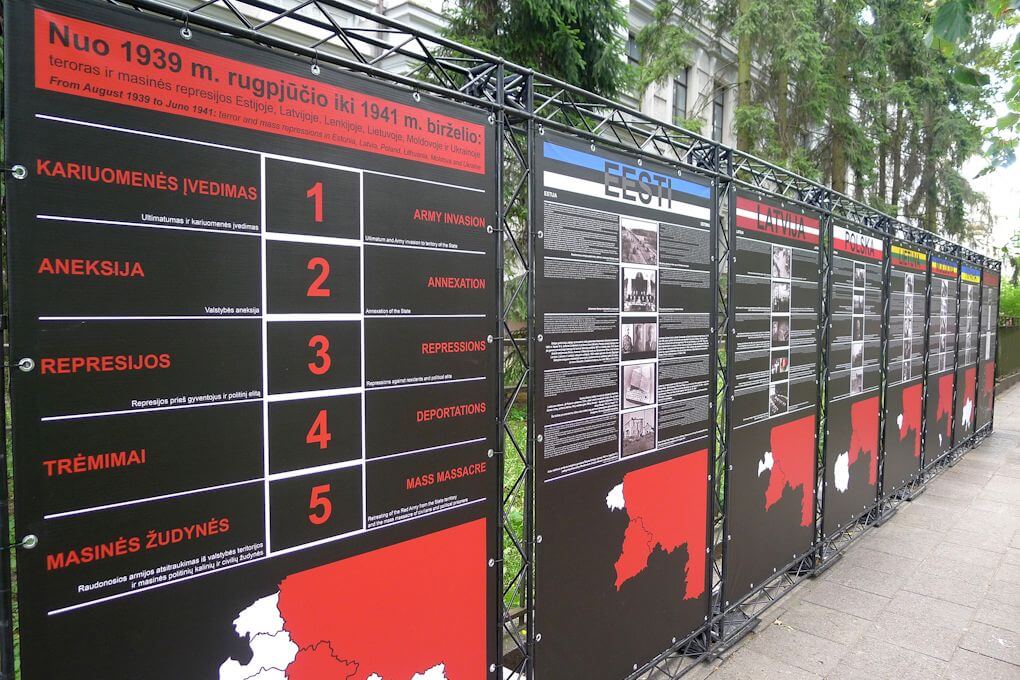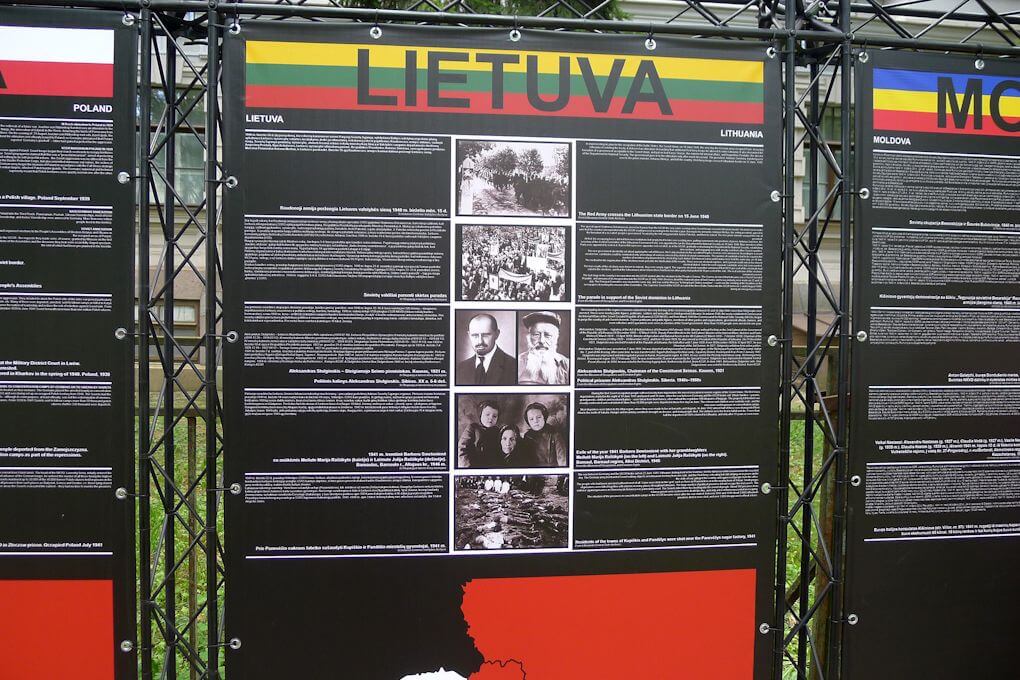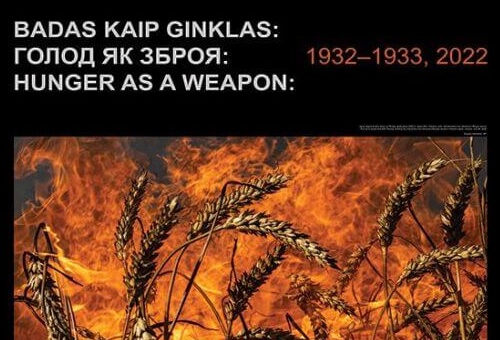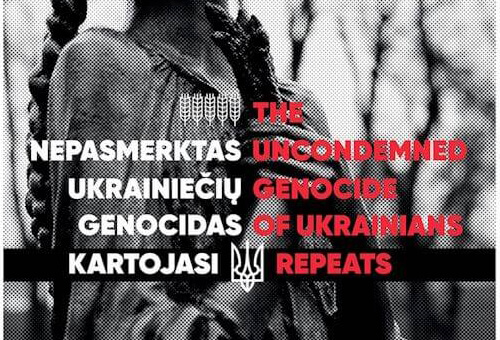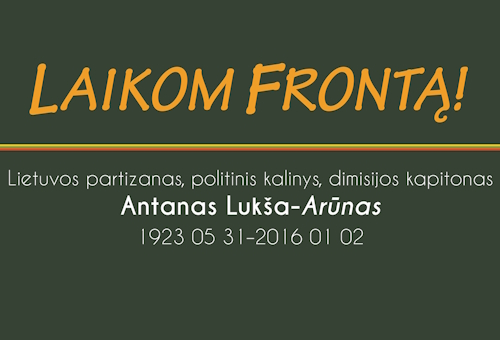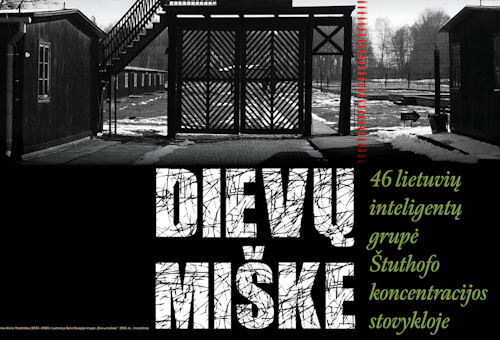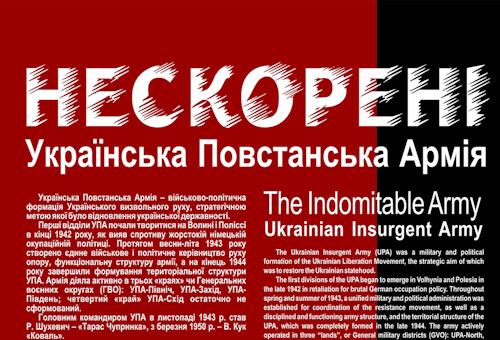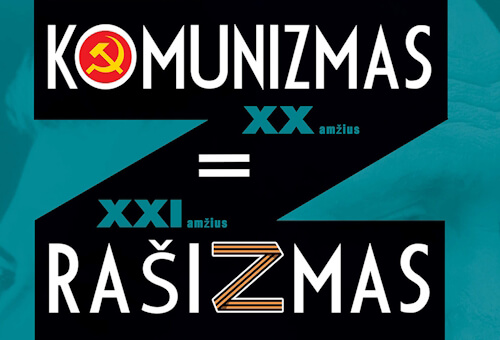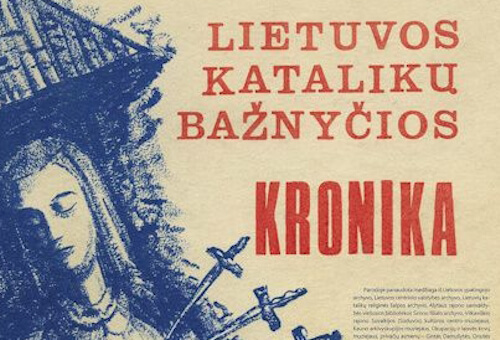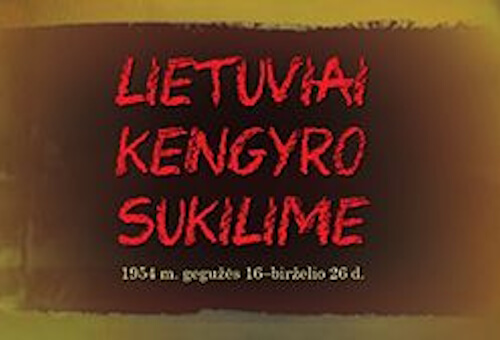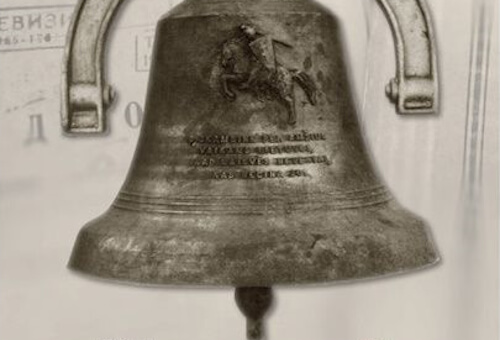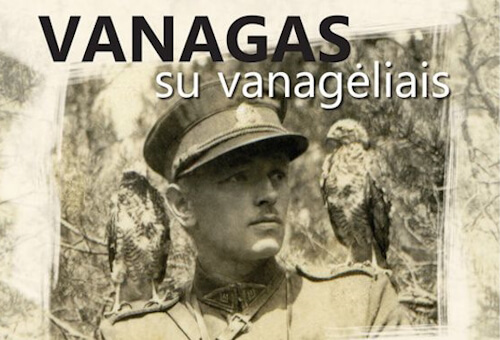From August 1939 to June 1941. Terror and Mass Repressions in Estonia, Latvia, Poland, Lithuania, Moldova, and Ukraine
Main Information
The Molotov-Ribbentrop Pact of 23 August 1939 between the Soviet Union and Nazi Germany determined the fate of many Eastern and Central European nations. Lithuania, Latvia, Estonia, western Ukraine and Moldova, which had been cut off from Romania, were incorporated into the Soviet Union, while Poland was ‘partitioned’ by the same allies.
The exhibition stands feature similar repressive measures taken against each occupied country and its citizens: the imposition of an ultimatum and the introduction of an occupation army, rigged elections and the annexation of a state, repression of the citizens of the occupied countries, and the mass murder of political prisoners and civilians by the Red Army troops retreating from the Germans at the start of World War II.
The exhibition is organised in cooperation with the Siberian Memory Museum in Bialystok (Poland), the World War II Museum in Gdansk (Poland), the Estonian Institute of Historical Memory, the Museum of the Occupation of Latvia, the Lviv Historical Museum in Ukraine, the National Museum of the History of Ukraine in the Second World War, the State Archive of the Ukrainian Institute of National Remembrance, and the National Museum of History of Moldova.



